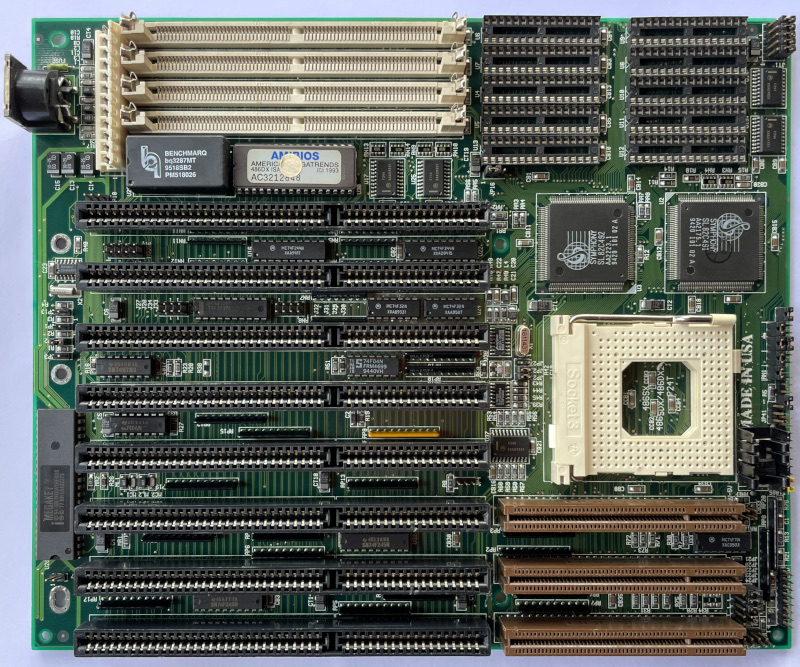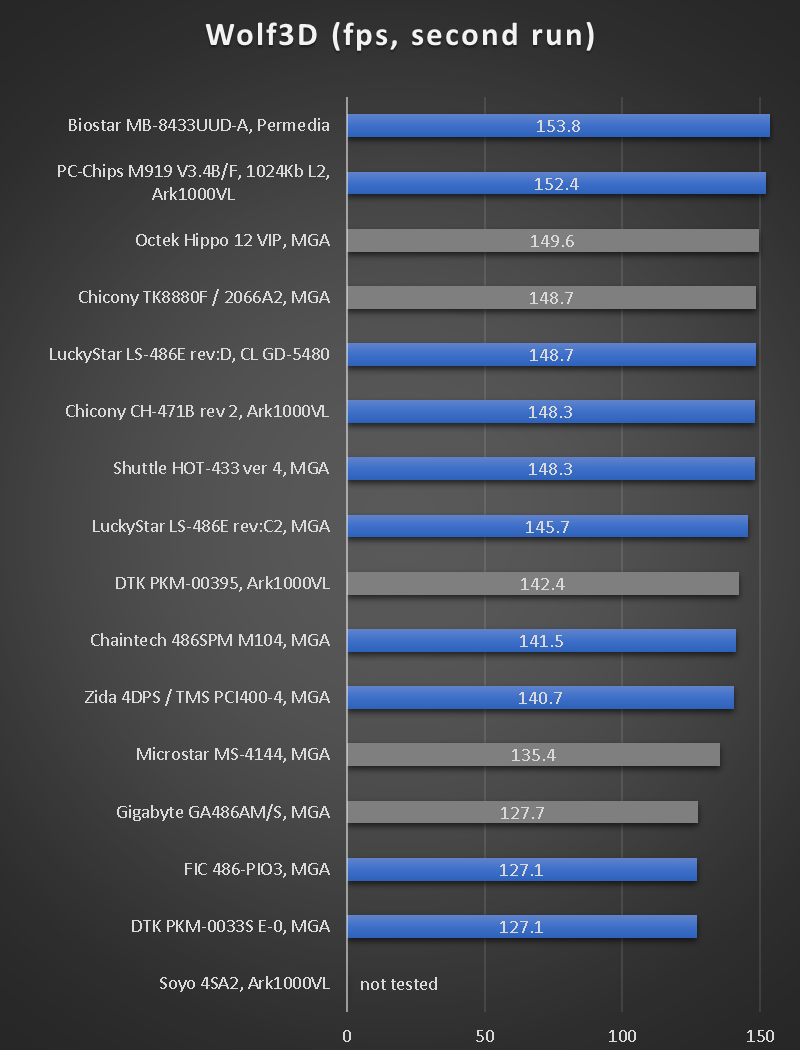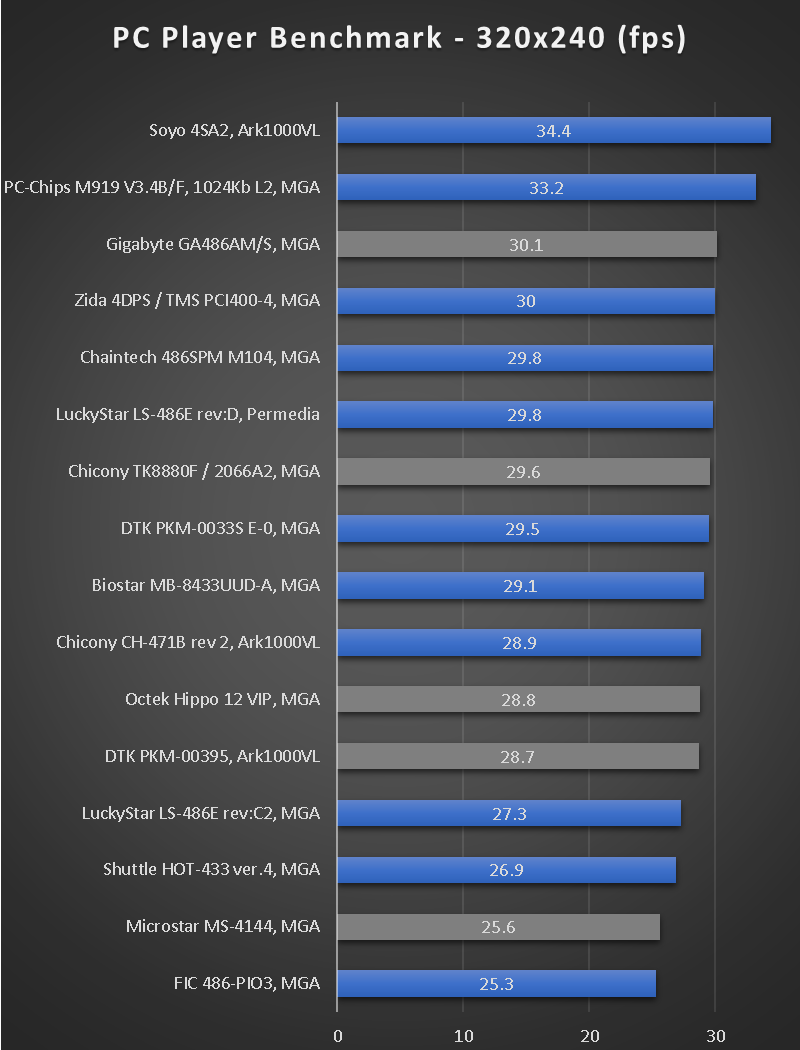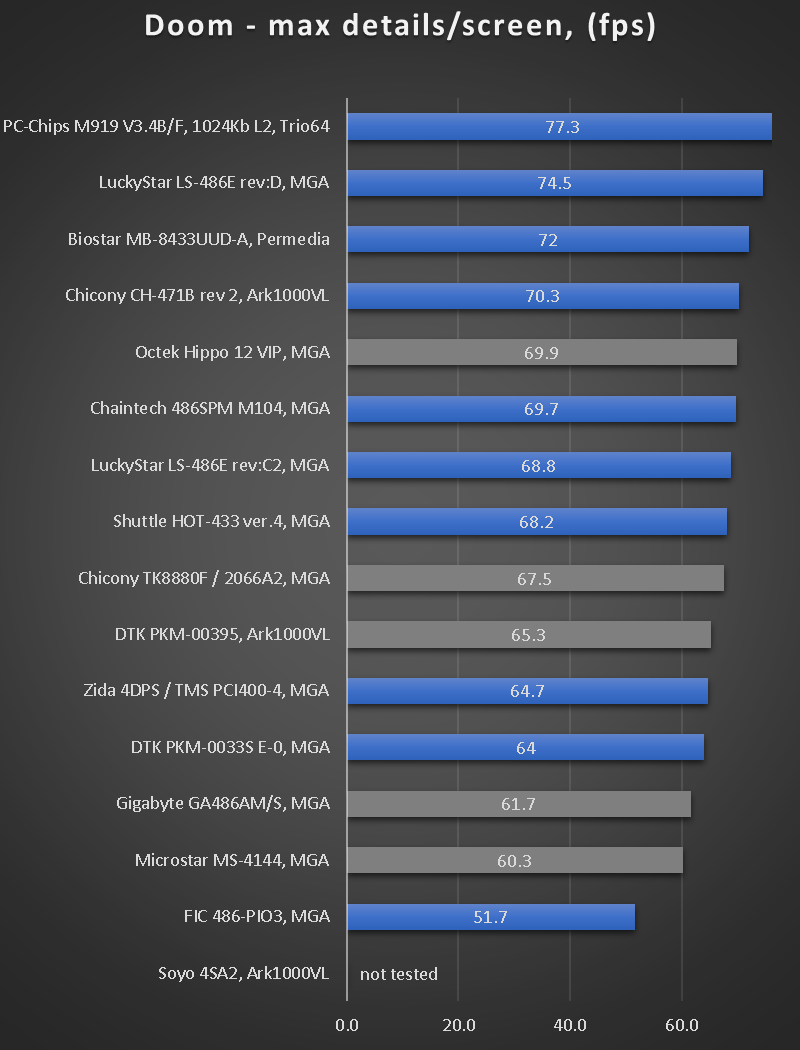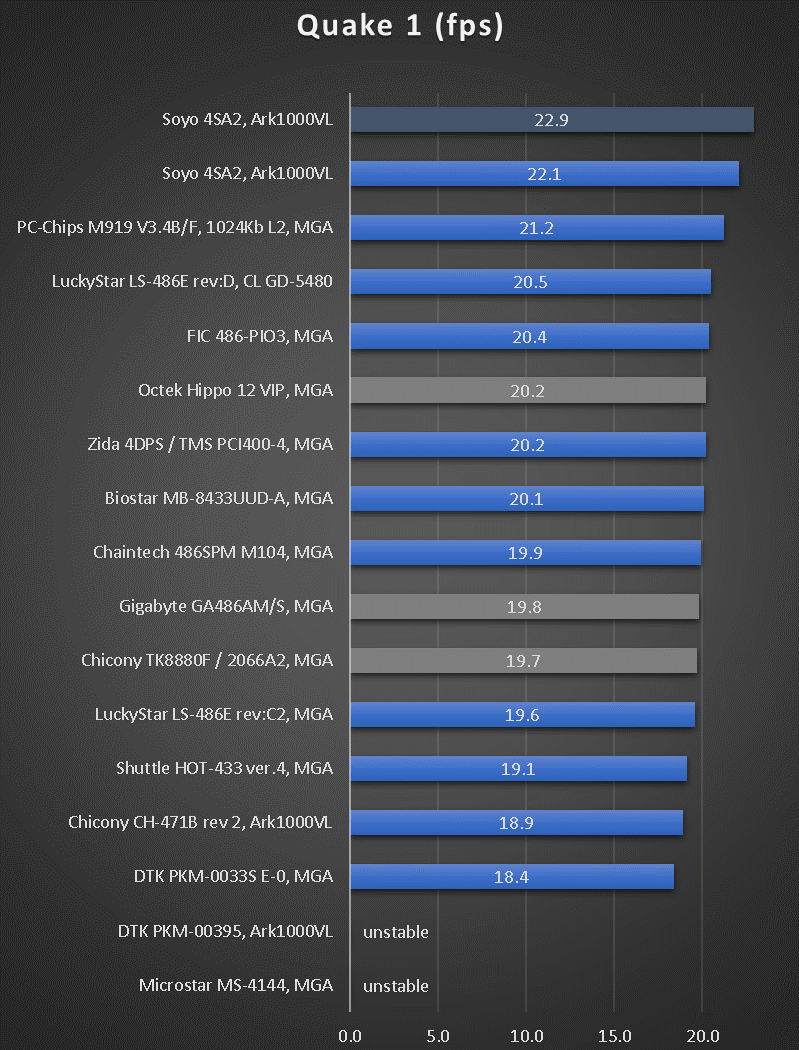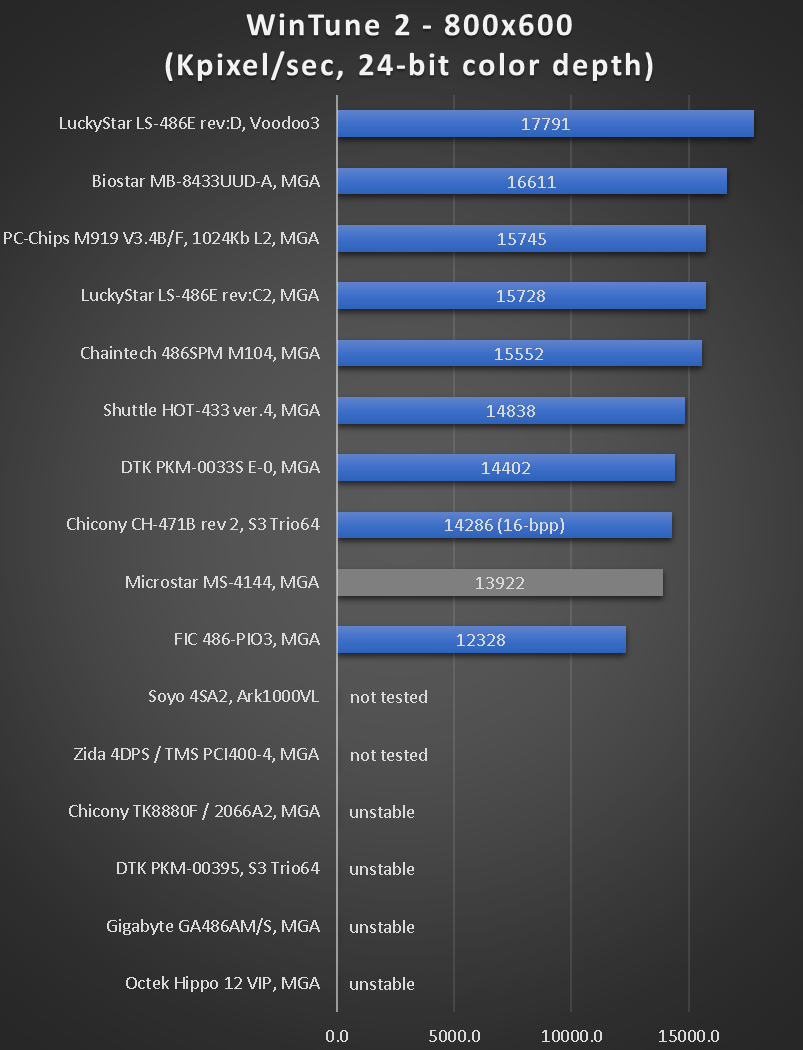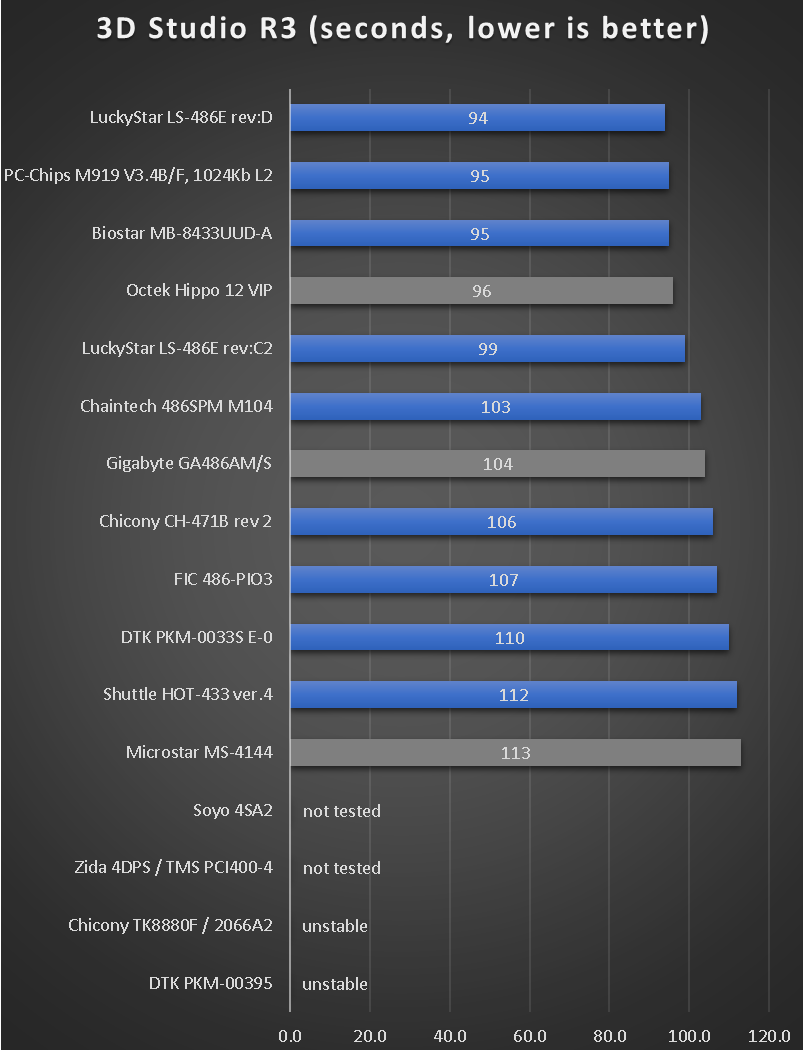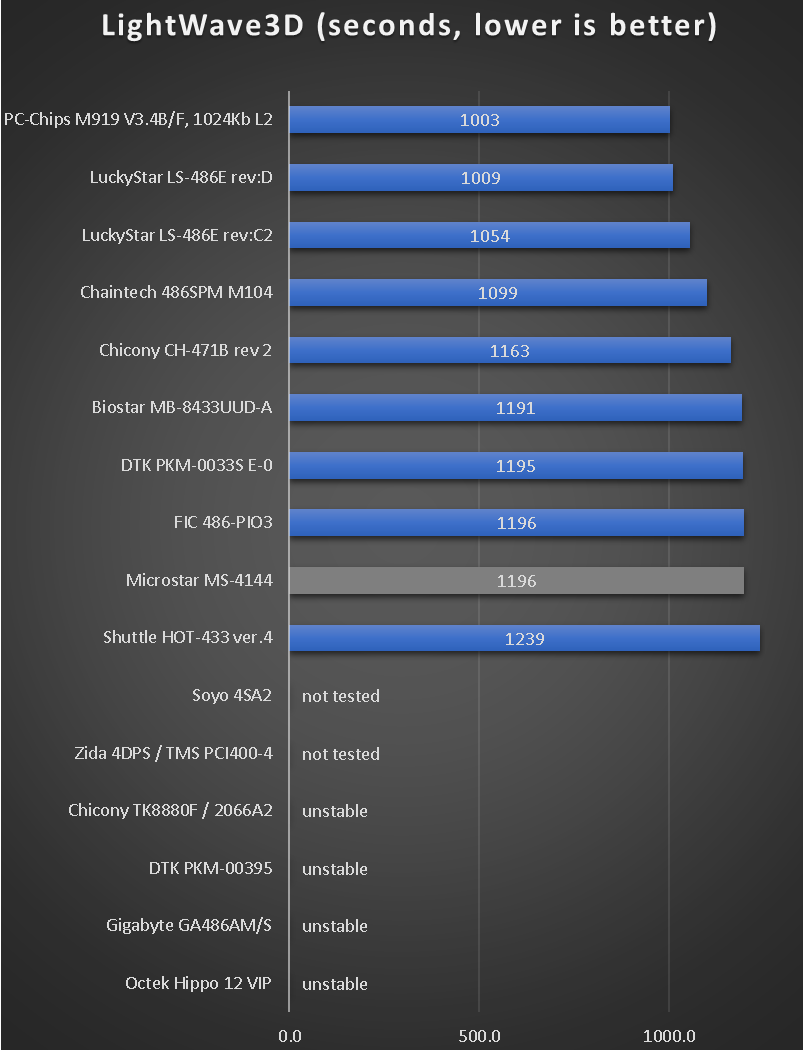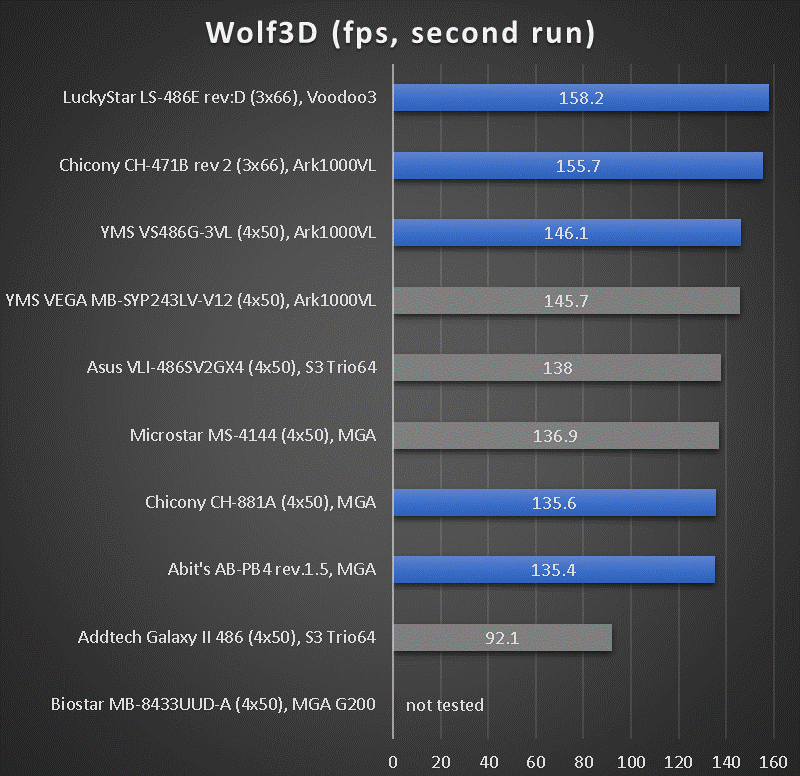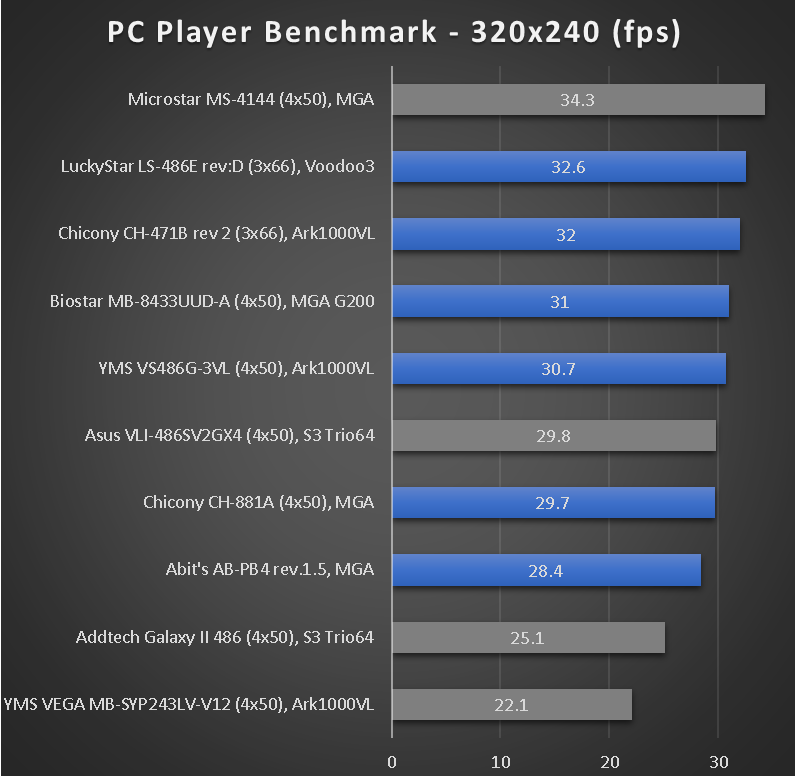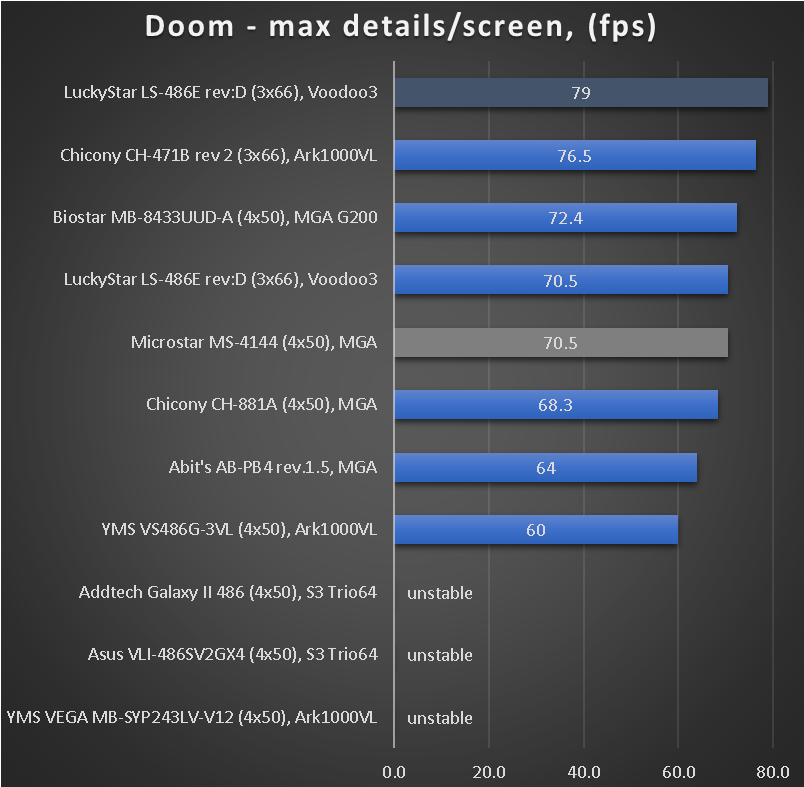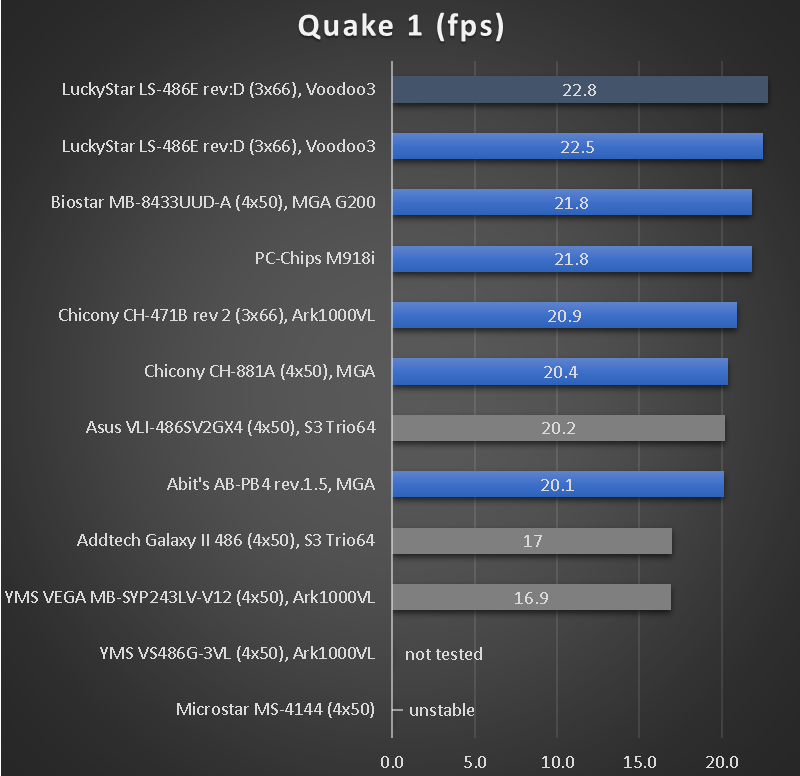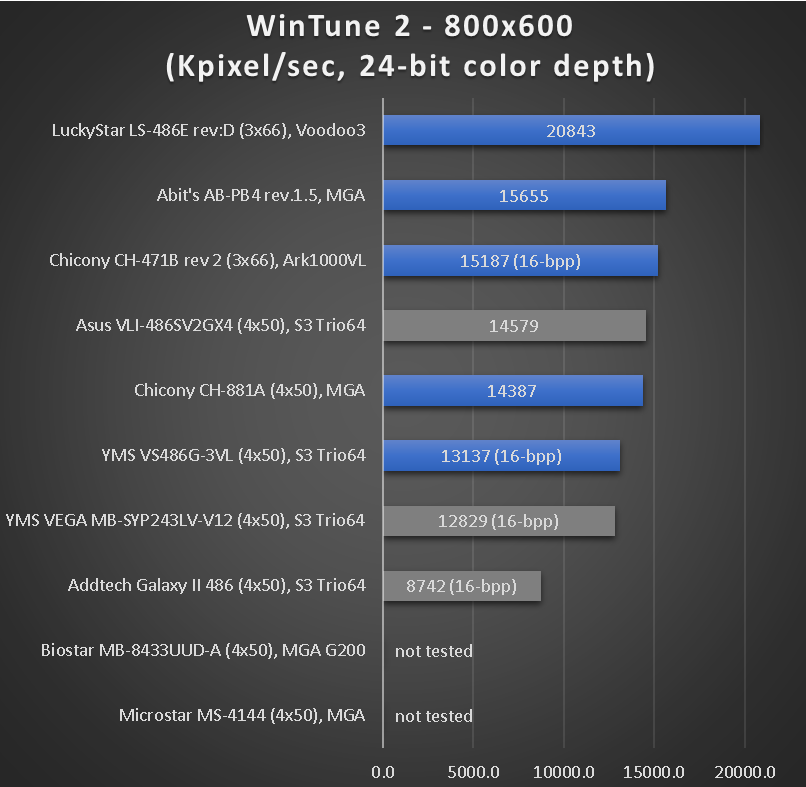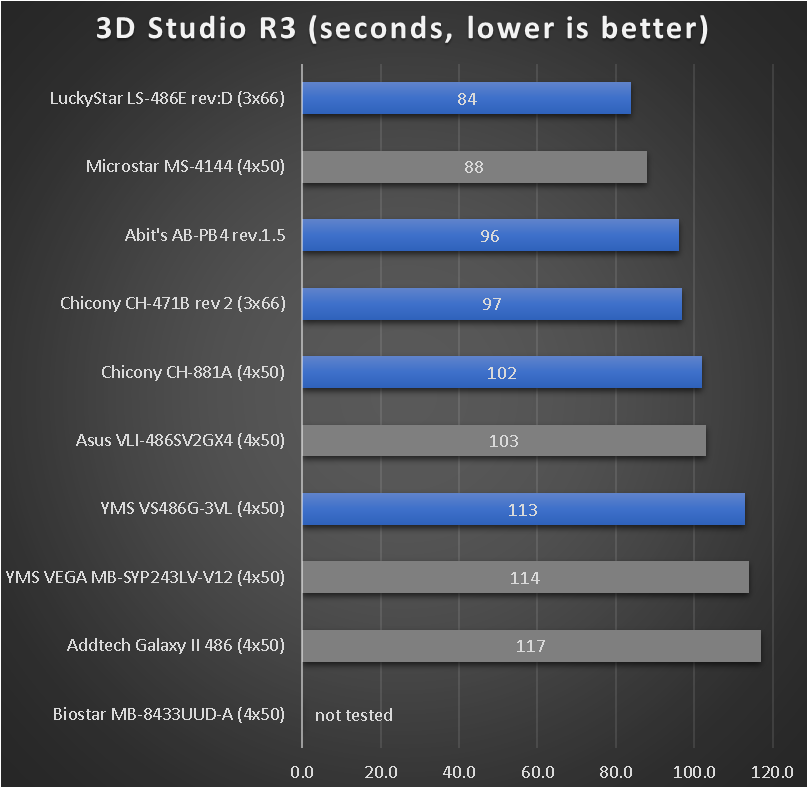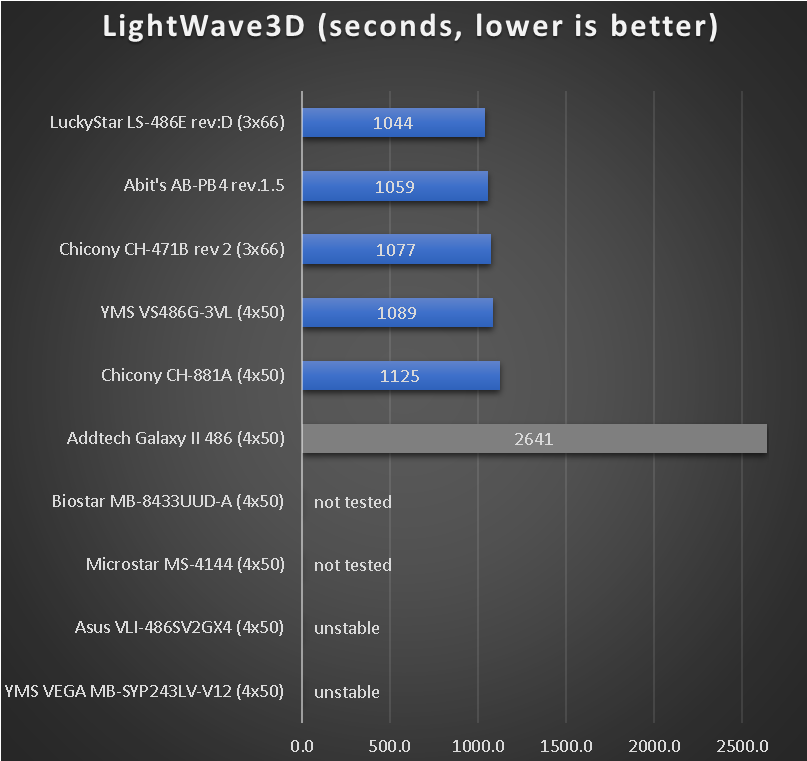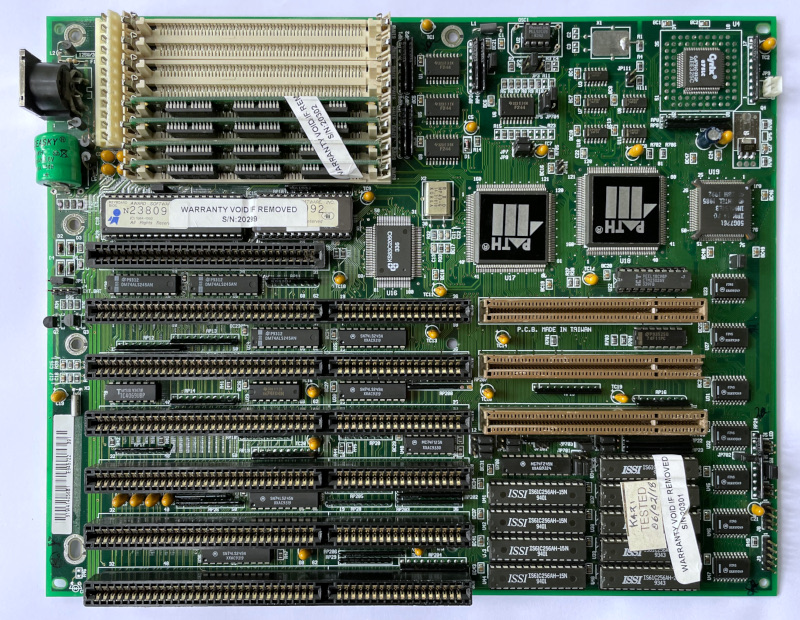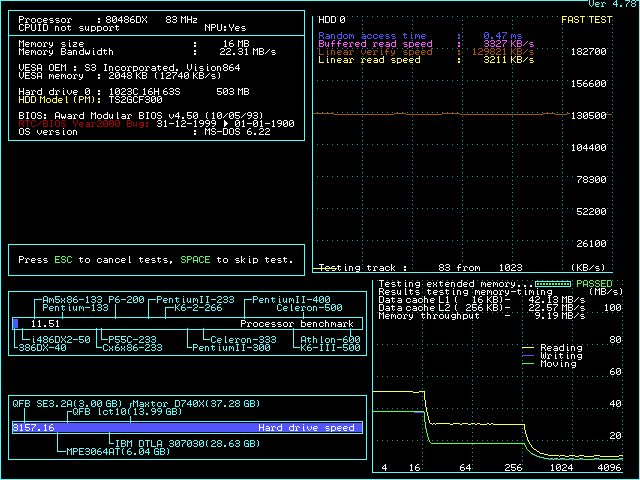Reply 2020 of 2436, by BitWrangler
- Rank
- l33t++
The BL3 stalled midsummer as I couldn't get hold of that one other guy on the whole internet who has one, abandoned his former socials and I haven't set myself up on Mastadon yet. Was hoping for clues about the IDE. Nervous about trying trial and error with the jumpers, because the ones I have found references for are every which way, horizontal and vertical, so apart from making for way too many permutations, not sure if damage possible. Also rabbitholed on the Zenith box with cyrix dlc in it which I was gonna run comparison. That turned out more broke than I want to spend time on. So that was all on hold anyway with homestead repairs getting priority and christmas and family stuff, where I am just now getting a bit of retro time. It was all set up on wobbly folding tables and wasn't great to work on like that, so put it away temporarily and got to setting up a bigger bench. Just done that, then promptly buried the bench in other stuff today, whoops... yeah it's intended to be high on the list to meddle with again soon.
Unicorn herding operations are proceeding, but all the totes of hens teeth and barrels of rocking horse poop give them plenty of hiding spots.
